New method provides insight into how materials evolve in real-time.
Tag: x-ray diffraction
Artificial Intelligence Agents Argue to Enhance the Speed of Materials Discovery
Researchers have developed a new artificial intelligence (AI)-powered approach to analyzing X-ray diffraction (XRD) data. The X-ray Crystallography companion Agent (XCA) approach assembles a group of AIs that debate each other while analyzing live streaming X-ray data. Once the AIs cast their final votes, the XCA approach uses the vote tally to interpret what the most likely atomic structure is and to suggest how confident the researchers should be of the AI analysis. The AI analysis matches human effectiveness but takes just seconds.
Advanced Photon Source helps reveal how antibodies bind a molecule linked to cancer
Researchers have developed antibodies that can bind to phosphohistidine, an unstable molecule that’s linked to cancer. To learn how the two bind together, the team turned to the powerful X-rays at Argonne’s Advanced Photon Source. These new insights into its structure will help scientists design better antibodies for potential treatments.
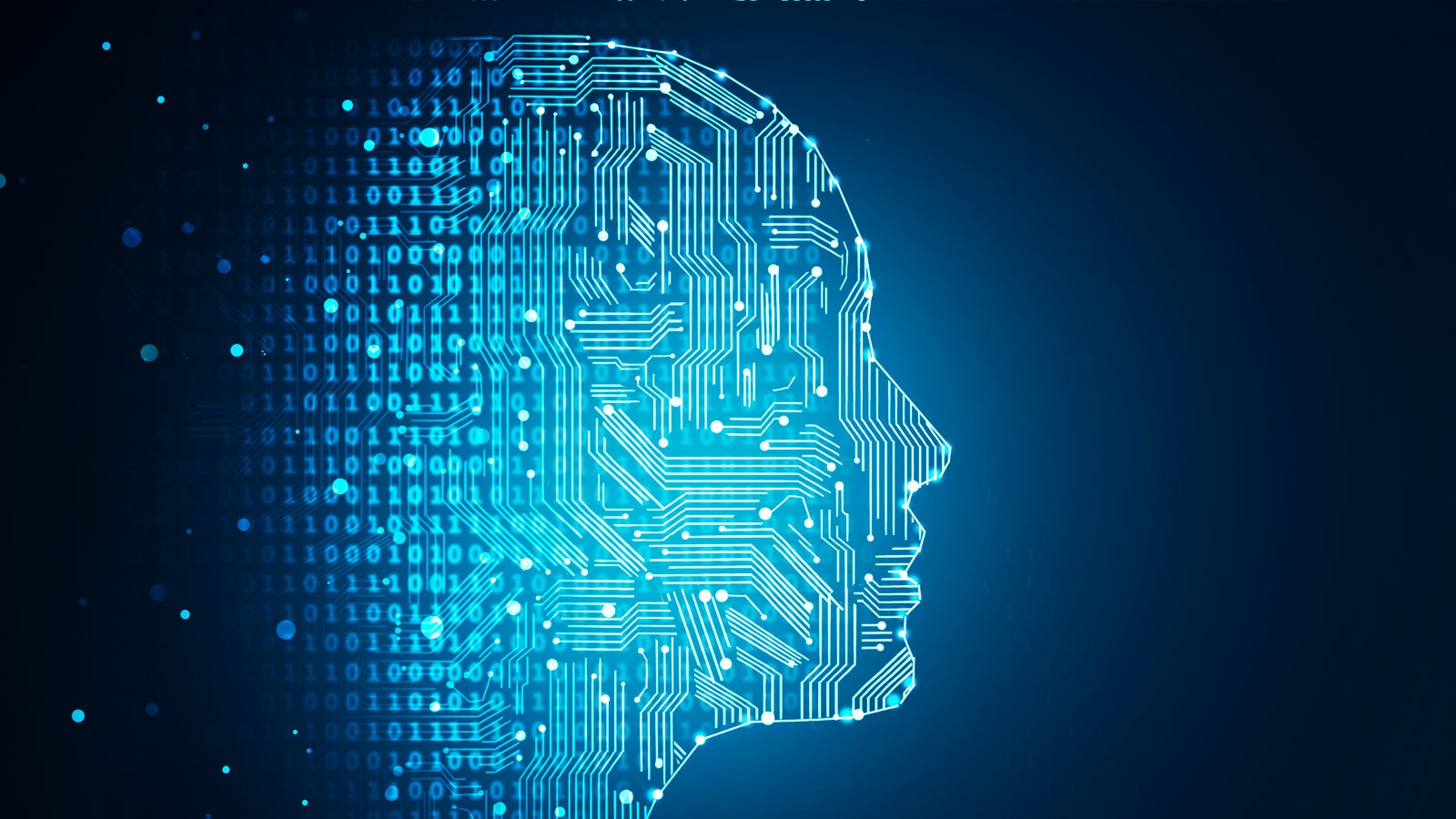
Argonne researchers using artificial intelligence to shape the future of science
Artificial intelligence is being called “the next generation of the way we do science.” At Argonne, researchers are leveraging the lab’s state-of-the-art-facilities and unparalleled expertise to shape the very future of science.
Lasers, levitation and machine learning make better heat-resistant materials
Argonne scientists across several disciplines have combined forces to create a new process for testing and predicting the effects of high temperatures on refractory oxides.

Game on: Science Edition
UPTON, NY — Inspired by the mastery of artificial intelligence (AI) over games like Go and Super Mario, scientists at the National Synchrotron Light Source II (NSLS-II) trained an AI agent — an autonomous computational program that observes and acts — how to conduct research experiments at superhuman levels by using the same approach. The Brookhaven team published their findings in the journal Machine Learning: Science and Technology and implemented the AI agent as part of the research capabilities at NSLS-II.
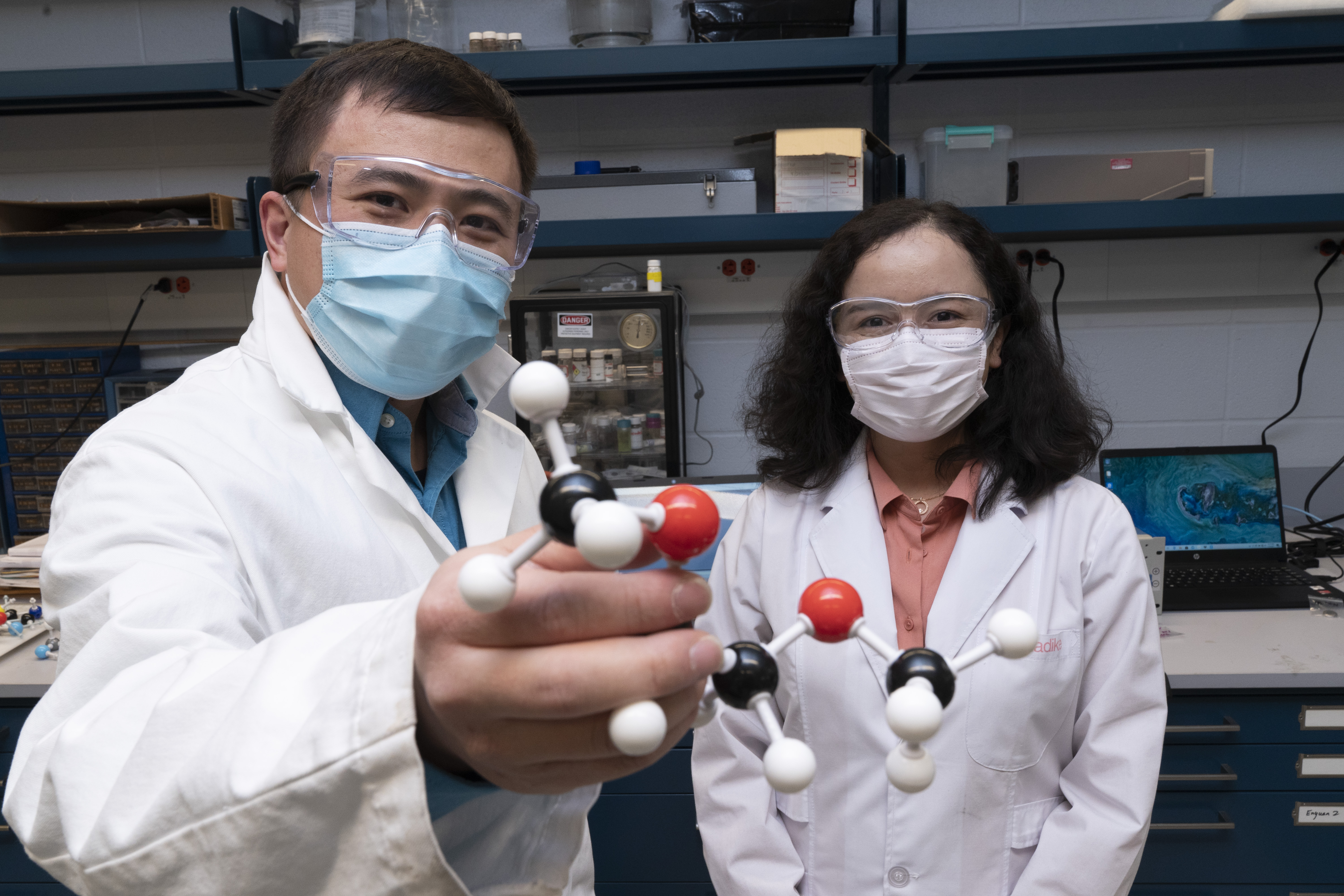
Chemists Settle Battery Debate, Propel Research Forward
UPTON, NY—A team of researchers led by chemists at the U.S. Department of Energy’s (DOE) Brookhaven National Laboratory has identified new details of the reaction mechanism that takes place in batteries with lithium metal anodes. The findings, published today in Nature Nanotechnology, are a major step towards developing smaller, lighter, and less expensive batteries for electric vehicles.

Beamline scientists connect the world’s researchers to the APS
Every successful experiment at the Advanced Photon Source relies on the knowledge and skills of the beamline scientists who enable the research. What makes a good beamline scientist? Four of them weigh in.
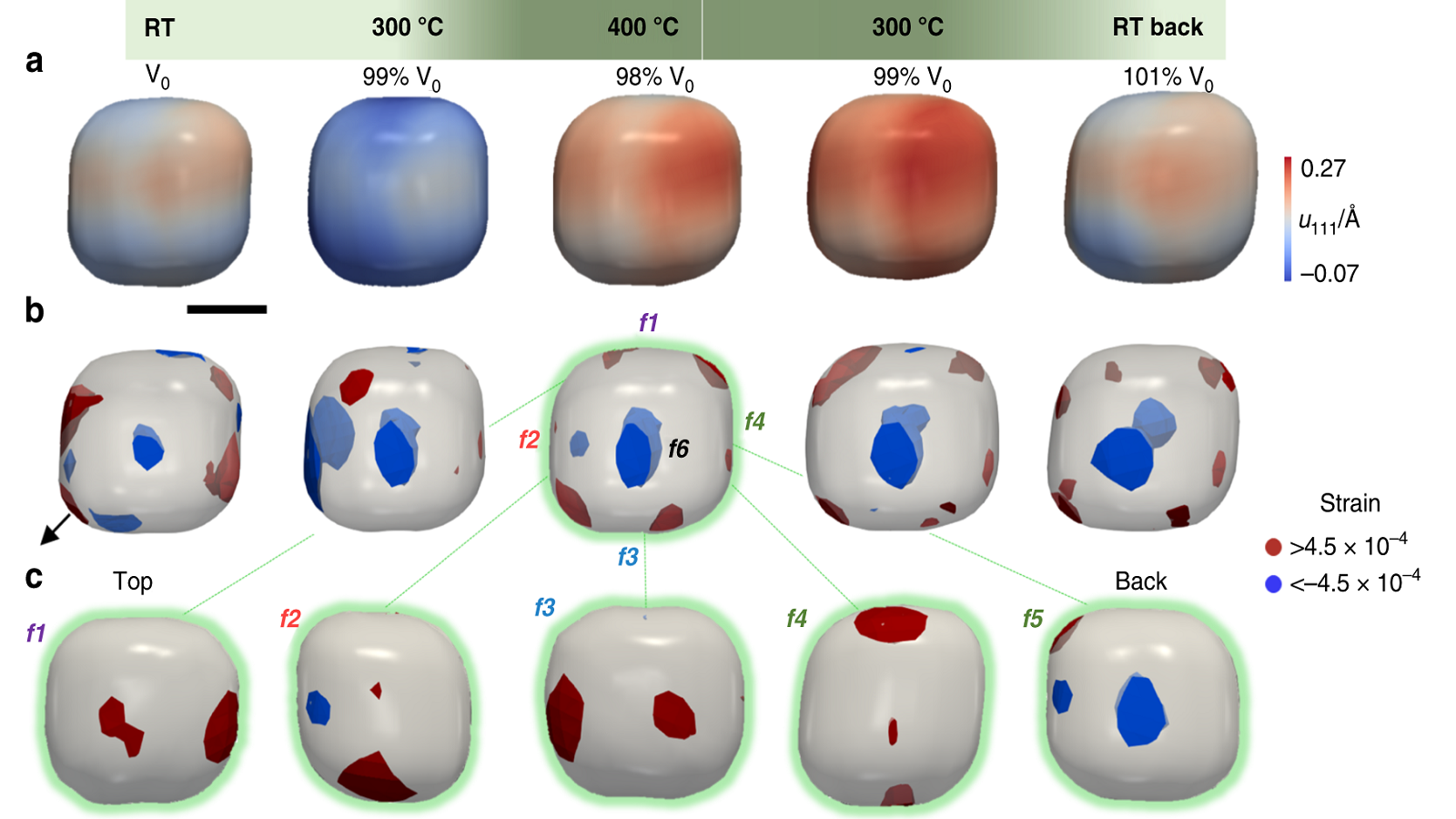
Striking gold: Advanced Photon Source enables catalysis research at small scales
By examining tiny particles of gold with powerful X-ray beams, scientists hope they can learn how to cut down on harmful carbon monoxide emissions from motor vehicles.
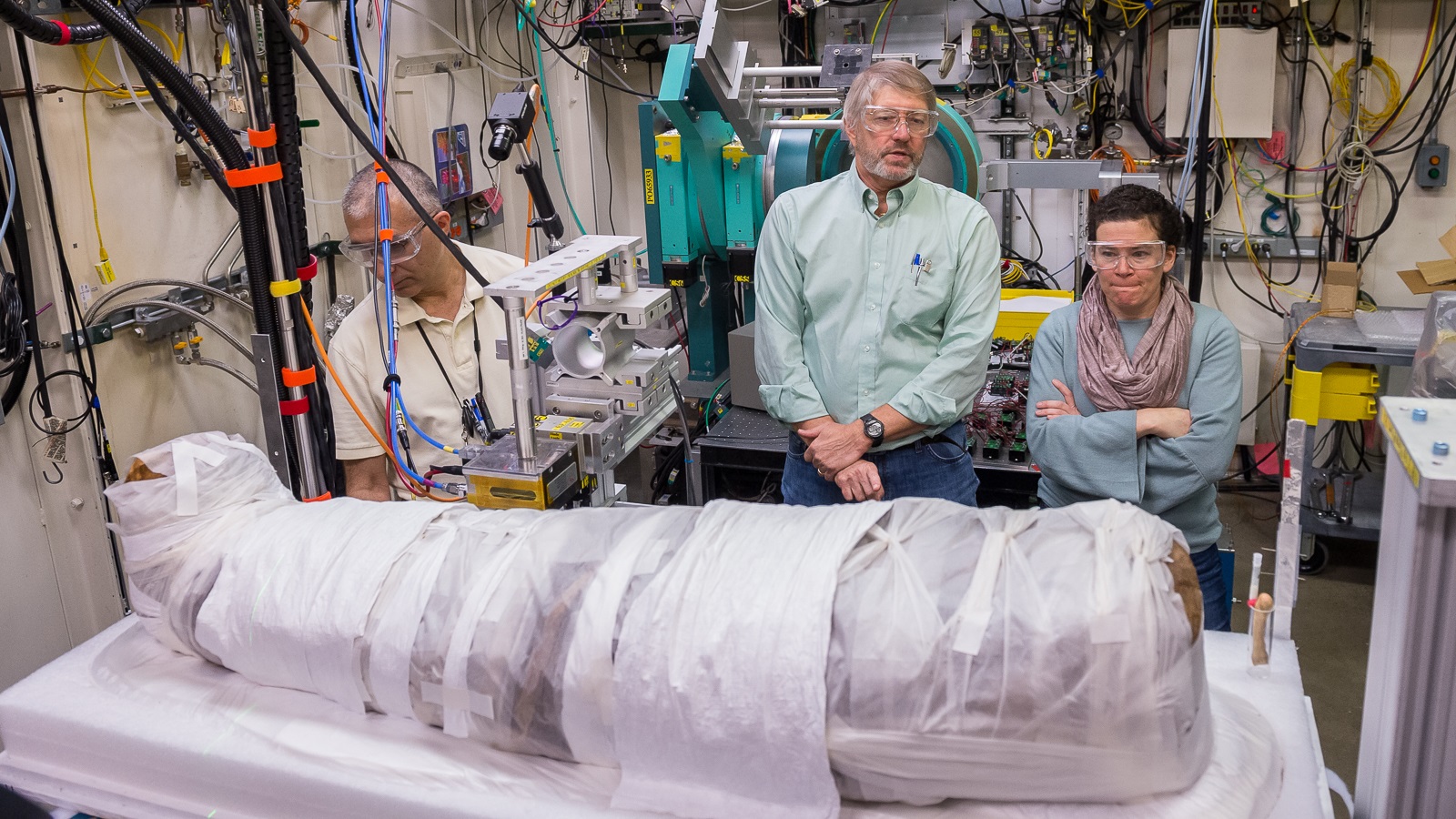
Under wraps: X-rays reveal 1,900-year-old mummy’s secrets
Researchers used the powerful X-rays of the Advanced Photon Source to see the preserved remains of an ancient Egyptian girl without disturbing the linen wrappings. The results of those tests point to a new way to study mummified specimens.
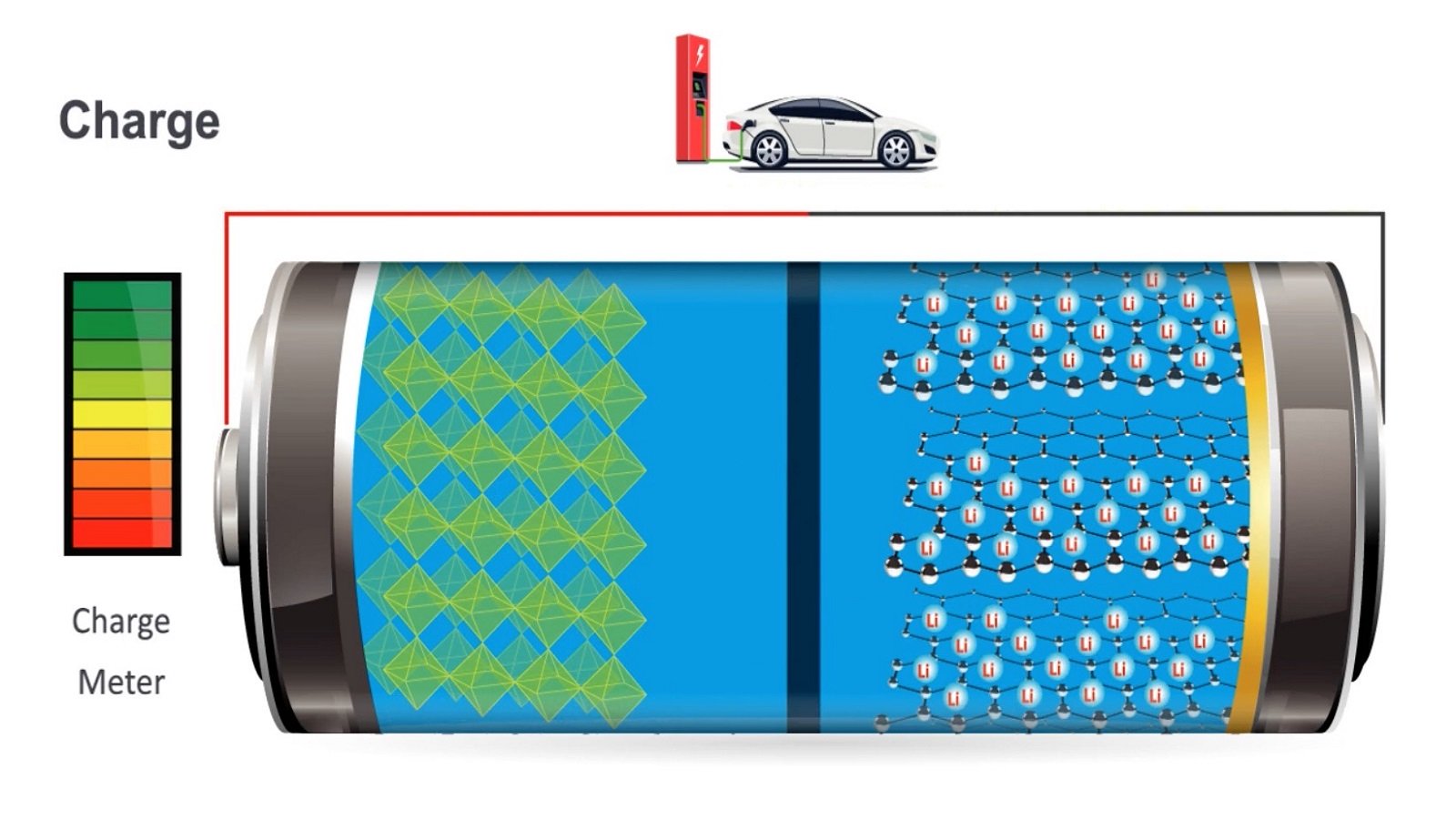
Battery of tests: Scientists figure out how to track what happens inside batteries
The new method could be the key to designing more efficient batteries for specific uses, like electric cars and airplanes.
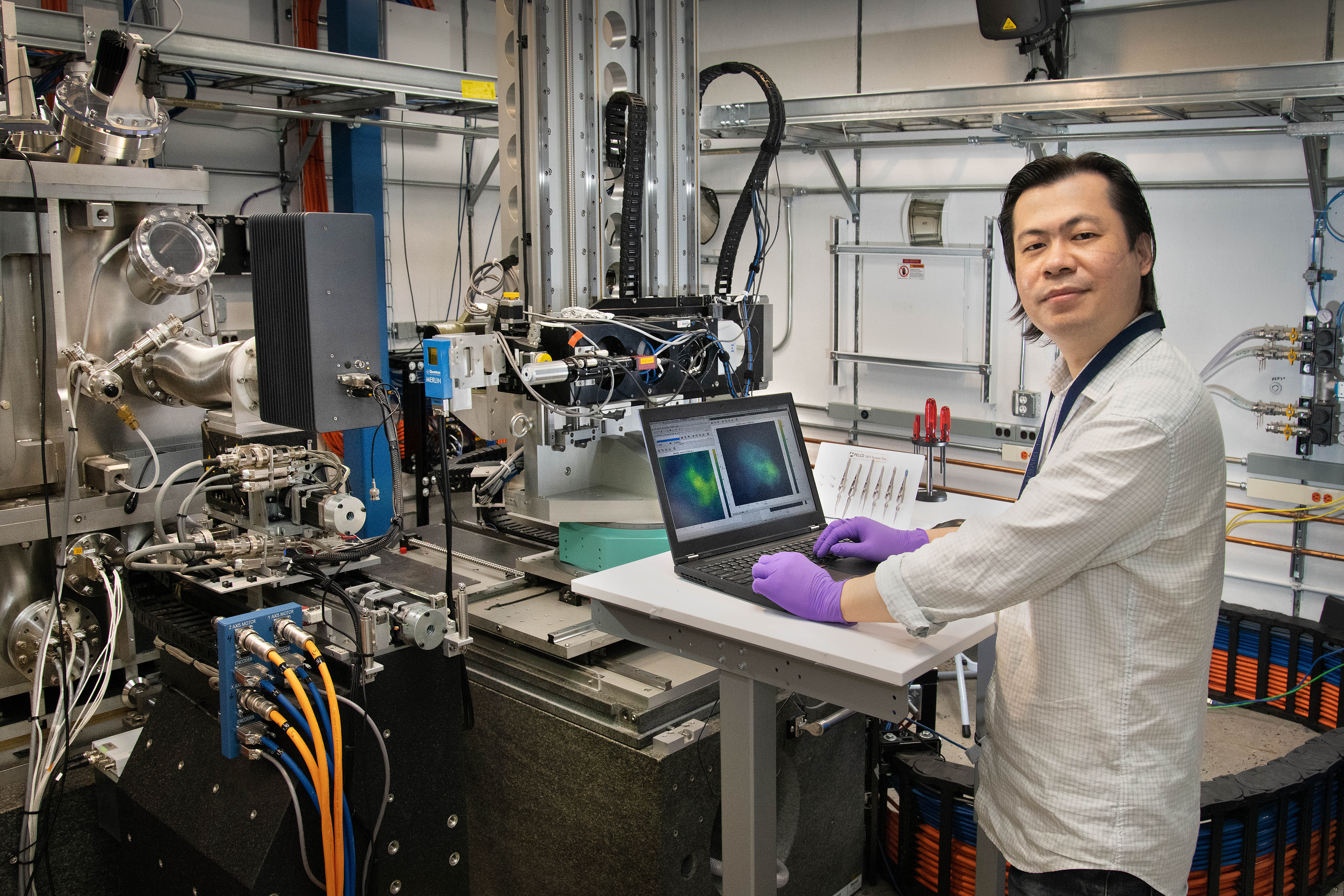
IBM Investigates Microelectronics at NSLS-II
From smartphones to laptops, the demand for smaller and faster electronics is ever increasing. And as more everyday activities move to virtual formats, making consumer electronics more powerful and widely available is more important than ever. IBM is one company at the forefront of this movement, researching ways to shrink and redesign their microelectronics—the transistors and other semiconductor devices that make up the small but mighty chips at the heart of all consumer electronics.

Flexing our research muscle: Scientists use APS to better understand muscle form, function
Powerful APS X-rays are used to uncover the structure and behavior of proteins controlling tarantula muscles. These insights may help scientists better understand our own muscles.
Gold in Limbo Between Solid and Melted States
Laser-induced melting occurs nonuniformly in polycrystalline gold thin films—a finding that may be important for precision part micromachining.
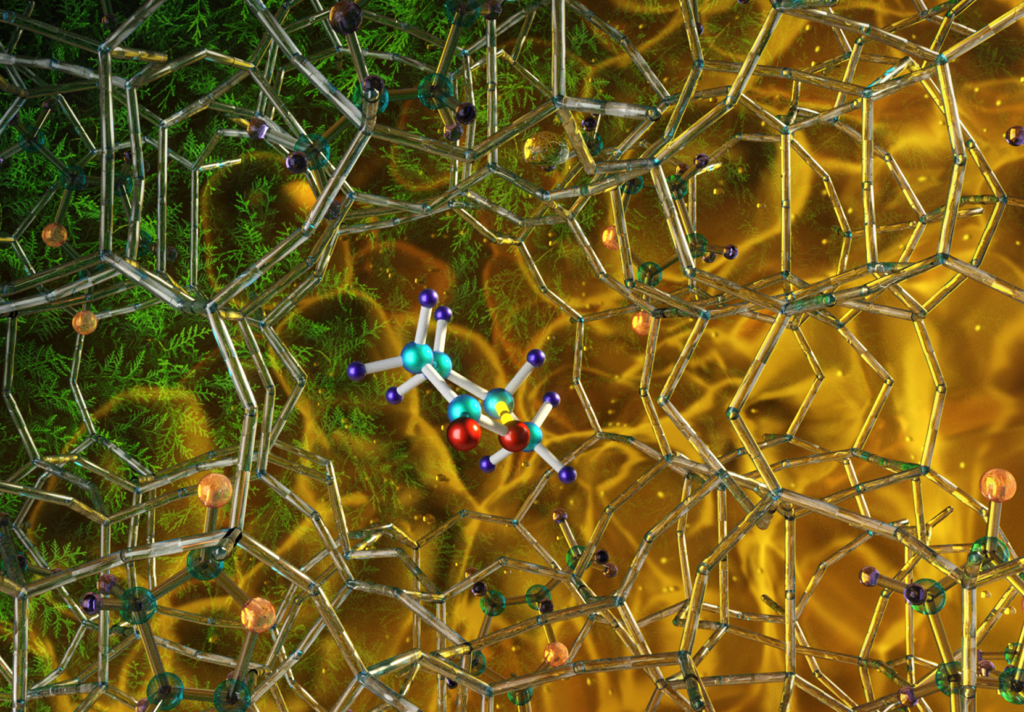
Neutrons optimize high efficiency catalyst for greener approach to biofuel synthesis
Researchers led by the University of Manchester used neutron scattering at Oak Ridge National Laboratory in the development of a catalyst that converts biomass into liquid fuel with remarkably high efficiency and provides new possibilities for manufacturing renewable energy-related materials.